Biological cells including bacteria, sperm cells and microalgae show promise for precision treatments
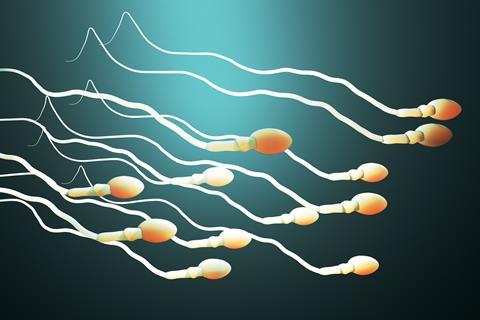
Delivering drugs to specific, hard-to-reach areas in the human body remains a challenge in drug development. Typically, drug molecules administered via pills or injections circulate randomly through the bloodstream until they eventually reach their target location. However, this process is often marked by delays and imprecision.
For years, chemists have engineered synthetic nanomotors – self-propelling nanoparticles designed to navigate the body’s vascular highways and deliver drugs precisely where they are needed. However, these artificial motors often require external fuels such as hydrogen peroxide or glucose. By contrast, biological motors, such as bacterial cells, microalgae and sperm have built-in propulsion mechanisms optimised over millions of years to move with remarkable energy efficacy. Researchers are now turning to nature’s own designs, aiming to leverage their efficiency and effectiveness to improve drug delivery systems.
One promising avenue in nanomedicine is the use of bacterial cells as natural nanomotors. These cells are equipped with flagella – tiny propellers that enable them to swim through viscous environments with astounding efficacy. Researchers are now harnessing such bacteria to deliver drugs by loading them with nanoparticles and exploiting their innate chemotaxis – the ability to move toward specific chemical stimuli like low pH or glucose levels. By selecting bacteria whose natural habitats are similar to the conditions at target sites, researchers can navigate them to disease locations like tumours or infected areas.
For instance, Metin Sitti’s team at the Max Planck Institute for Intelligent Systems in Germany pioneered this approach by preparing polystyrene-based nanoparticles or red blood cells loaded with the drug, attaching them to Escherichia coli.1,2 By attaching magnetic nanoparticles to the bacteria, Sitti’s team could use external magnetic fields to help direct the bacteria. Meanwhile, Sylvain Martel’s group at Polytechnique Montréal in Canada has explored the use of magnetotactic bacteria, which naturally align with magnetic fields.3 They covered Magnetococcus marinus, a bacteria strain adapted to low-oxygen environments typical of tumours, with drug-loaded nanoliposomes. The modified cells swam along local magnetic field lines and could penetrate into the hypoxic regions of colorectal tumours in mice.
Another intriguing development is the use of sperm cells as propulsion sources for small-scale robots. The high motility of sperm cells and their ability to navigate within very intricate channels and against strong flow make them perfect candidates for drug delivery. Furthermore, exploiting their natural role of fertilising egg cells holds potential for drug delivery in gynaecological treatments and addressing infertility issues.
Direct approaches
Sperm can also carry biosensors to detect specific biomarkers in biological fluids that can help solve questions related to fertilisation and embryo development. Moreover, Mariana Medina-Sánchez’s team at the Leibniz Institute for Solid State and Materials Research in Germany explored the use of sperm for chemotherapy.4 They loaded bovine sperm cells with doxorubicin and equipped it with an iron-coated polymer collar below the head, enabling magnetic guidance. In experiments with cervical cancer-derived tumours, these sperm swam directly to the target at speeds of 37.5 µm per second. Upon arrival, the collar expanded, releasing the drug-loaded sperm, resulting in a remarkable 40% reduction in tumour size within just eight hours.
Researchers are also exploring the potential of plant-derived biohybrids as biocompatible and biodegradable systems. For example, several groups have recently investigated the unicellular microalgae Chlamydomonas reinhardtii as a targeted drug delivery platform. Joseph Wang’s and Liangfang Zhang’s groups from the University of California San Diego, US, attached drug-filled polymer nanoparticles to the algae using click chemistry, enabling the algae to escape the immune system by mimicking white blood cells.5 In one study, they injected these algae into the windpipes of mice with pneumonia. The algae spread through the lung tissue, delivering antibiotics effectively. Remarkably, all the treated mice survived, whereas untreated mice succumbed to the disease within days.
In another study, Wang’s group also demonstrated how algae could be used to transport orally administered medications through the stomach to the intestines.6 Encapsulating nanoparticle-loaded microalgae in pH-sensitive polymer capsules protected them from stomach acid. These capsules dissolved in the intestines, releasing swarms of algae that swam around for hours delivering their therapeutic payloads. While this experiment used fluorescent dyes and a chemotherapy drug stimulant as the payload, Wang’s team intends to conduct more clinically relevant tests with actual drugs in the near future.
The potential of using biological cells as living small-scale robots extends beyond bacteria, sperm or microalgae cells. Researchers are exploring the use of mammalian cells, such as muscle, stem or immune cells, employing pollen and spore-based biohybrids, and much more. These diverse biological systems offer an innovative, biocompatible and efficient method for targeted drug delivery, biosensing and other medical applications. Nature provides us with cells that can serve as robots!
References
1 B-W Park et al, ACS Nano, 2017, 11, 8910 (DOI: https://doi.org/10.1021/acsnano.7b03207)
2 Y Alapan et al, Sci. Robot., 2018, 3, eaar4423 (DOI: 10.1126/scirobotics.aar4423)
3 O Felfoul et al, Nature Nanotech , 2016, 11, 941 (DOI: 10.1038/nnano.2016.137)
4 H Xu et al, ACS Nano, 2018, 12, 327 (DOI: 10.1021/acsnano.7b06398)
5 F Zhang et al, Nat. Mater., 2022, 21, 1324 (10.1038/s41563-022-01360-9)
6 Fangyu Zhang et al., Sci. Robot., 2022, 7, eabo4160 (DOI: 10.1126/scirobotics.abo4160)
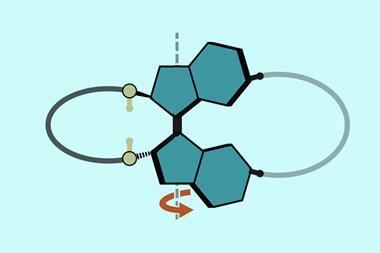
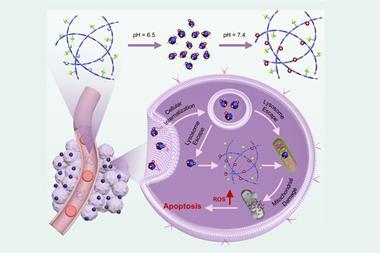

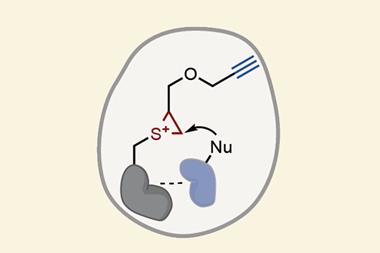
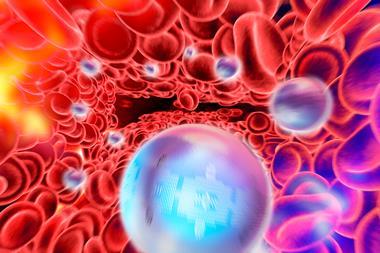
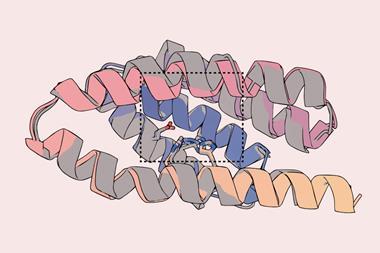



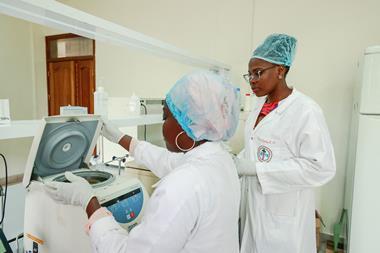


No comments yet